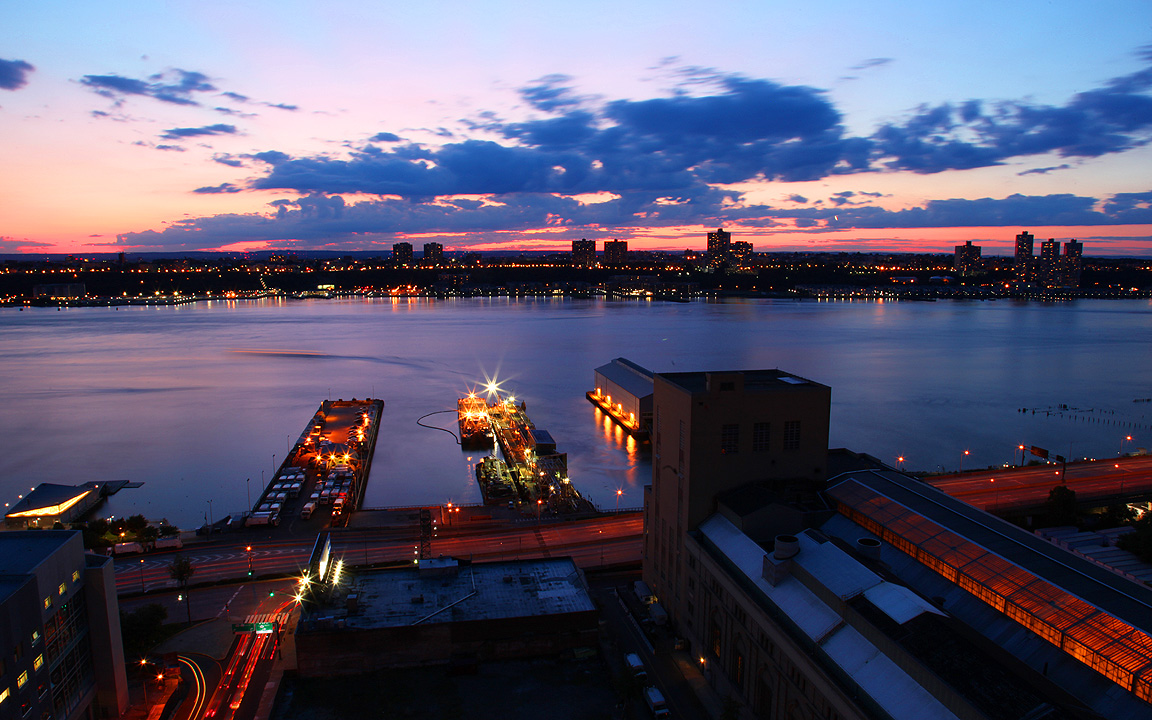North Bergen is located in Hudson County NJ with a population of almost 60,773. It is one of the most densely populated municipalities in the United States. North Bergen is situated on the Palisades which runs east down to the Hudson River and west to Tonnelle Avenue. It was founded in 1843 and is one of the "hilliest" municipalities in the country.
Like neighboring communities of West New York and Union City, North Bergen is among those places that has attracted a dense Hispanic population. The entire region is now known as North Hudson and has experienced massive immigration and urbanization during the latter half of the 19th century.
As the waterfront boomed with luxury residential condominiums and rentals in the 1980’s, North Bergen started to see a revival in development. Residential districts along the waterfront and between the boulevards were developed. Bergenline Avenue, the shopping strip servicing North Bergen, West New York and Union City continued to attract the locals, mostly Hispanic. Tonnelle Avenue went from an industrial hub to new big box stores and shopping centers such as Lowes and Home Depot. Now development along River Road in North Bergen has taken place to the likes of Bank of America and Starbucks.
There are many different types of properties in North Bergen, Many two families West of Boulevard East, Hi Rise and Mid Rise buildings on Boulevard East such as The Parker Imperial (www.ParkerImperial.net), a full service condominium, and Stonehenge, a newly renovated rental building, as well as Woodcliff Gardens a cooperative on the Palisades that borders Hudson County Park, located in North Bergen. The township, like Edgewater, Weehawken, Jersey City and Hoboken is a suburb of New York City. About 21% of North Bergen’s employed residents’ work in NYC.
North Bergen has a small piece of Hudson River waterfront opposite midtown Manhattan. Several waterfront communities have been built since the 1980’s. The most recent and most exclusive is the luxury waterfront high rise known as The Watermark (TheWatermarkontheHudson.com). The Watermark is a full service five star waterfront condominium and is regarded as the jewel of the Gold Coast.
Hudson Pointe (www.HudsonPointe.net), a 2009 mid rise waterfront condominium with pool, gym, doorman and media room. Half Moon Harbour, which sits on the same site as The Watermark and Roc Harbour is a luxury waterfront rental building with doorman, pool and tennis courts. Roc Harbour Townhomes (www.RocHarbour.com), which features some of the largest and most spacious townhouses on the waterfront with cathedral ceilings, fireplaces, two car garages and many decks has outrageous views of NYC and it’s own gatehouse. Mirabelle, is a modern upscale small condominium with a doorman and gym.
As of 2000, North Bergen had a population of 58,092 people; with 21,236 households and 14,249 families and were 22,009 housing units. There were 21,236 households out of which 32.0% had children under the age of 18 living with them, 47.4% were married couples living together, 14.2% had a female householder with no husband present, and 32.9% were non-families. 27.7% of all households were made up of individuals and 11.2% had someone living alone who was 65 years of age or older. The average household size was 2.70 and the average family size was 3.33.
In the township the population was spread out with 22.7% under the age of 18, 9.0% from 18 to 24, 33.1% from 25 to 44, 21.4% from 45 to 64, and 13.8% who were 65 years of age or older. The median age was 36 years. For every 100 females there were 91.5 males. For every 100 females age 18 and over, there were 87.7 males.
Males had a median income of $35,626 versus $29,067 for females. The per capita income for the township was $20,058. About 9.6% of families and 11.1% of the population were below the poverty line, including 14.0% of those under age 18 and 14.5% of those age 65 or over.
|



